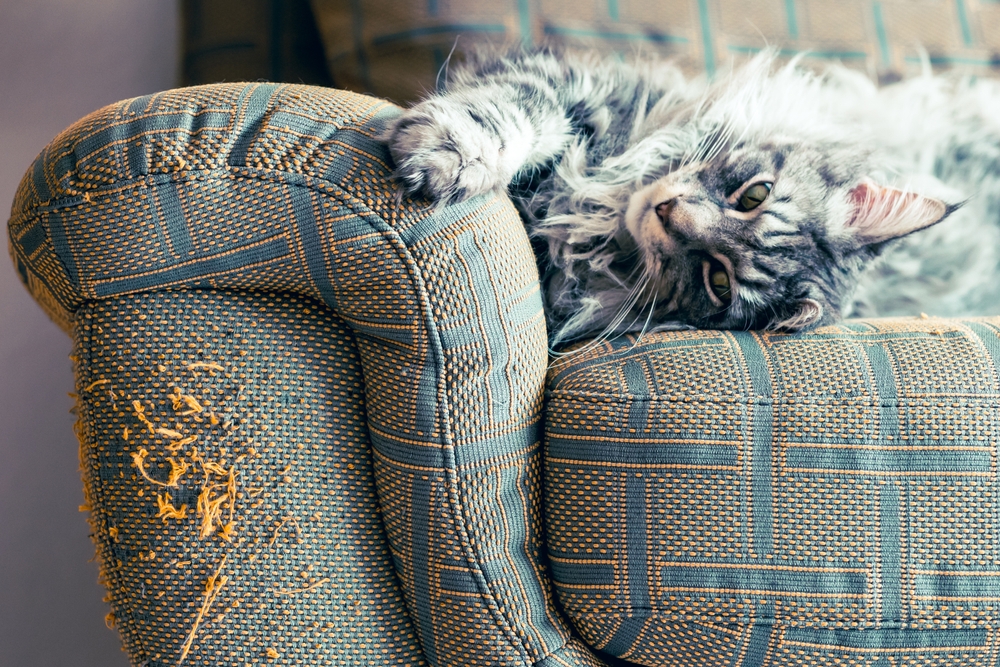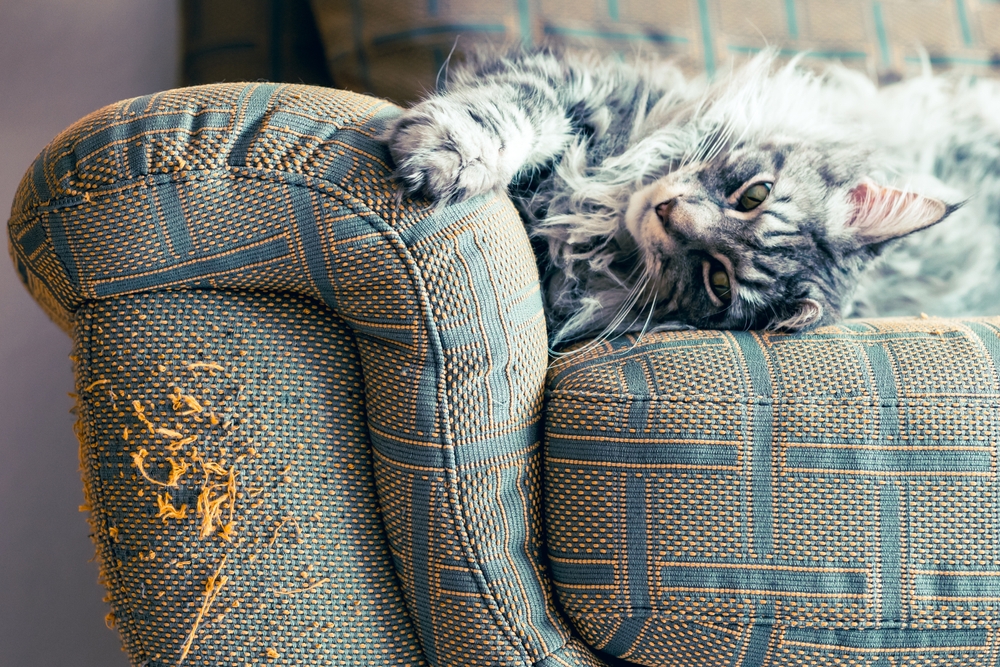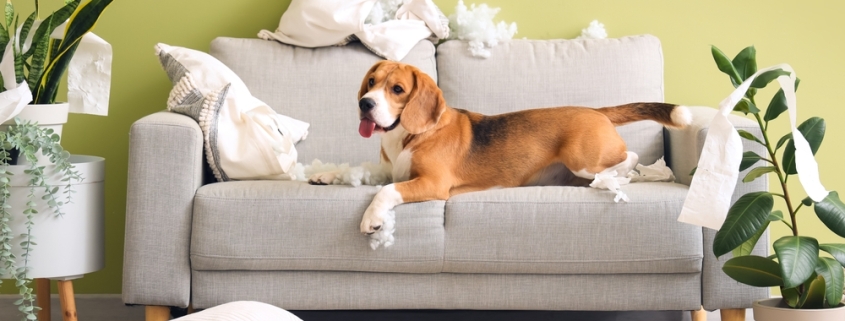Stop Worktop Surfing & Sofa Jumping | Indoor Pet Training UK
How to Stop Worktop Surfing & Sofa Jumping: Indoor Boundary Training for Mischievous Pets
Introduction
Ever wandered how to your stop dog jumping on sofa and worktops. If your dog constantly jumping up on the worktops or claiming your sofa as their throne. You’re not alone! Worktop surfing and sofa jumping are common behaviours in curious or mischievous dogs and cats. While it might seem funny at first, these habits can lead to hygiene issues, accidents, and even injuries. Luckily, with the right training and indoor boundary solutions, you can help your pet learn safe and polite indoor manners.
Why Do Pets Surf Worktops and Jump on Sofas?
Dogs and cats are natural explorers. Worktops smell like delicious food, and sofas are soft and warm — irresistible to most pets! Many jump up because of boredom, leftover food smells, or simply seeking comfort and a better view. Without clear boundaries, these behaviours can quickly become daily habits.
Why Traditional Discipline Doesn’t Work
Shouting “No!” or pushing your dog or cat off might stop them momentarily, but it doesn’t teach them what to do instead. Punishment can also damage your bond and increase anxiety. Cats do not understand verbal commands and can become scared or anxious, but they can learn well with indoor or outdoor boundaries. If you want the learn how to stop your dog jumping on sofa and worktops read on. Many owners find boundary training an excellent option to protect sofas and worktops and reduce stress for both pets and humans.

A mischievous cat caught damaging the sofa — a clear example of why setting indoor boundaries is so important for protecting your furniture and keeping pets safe.
Indoor Boundary Training Techniques
Start by teaching essential commands like “off,” “leave it,” and “stay.” Always reward your dog for making the right choice — for example, staying on the floor or resting on their mat. Redirecting your dog’s energy towards chew toys or puzzle games can also help reduce unwanted jumping. For cats, consistent reinforcement and visual cues help them learn where they can and cannot go.
How Indoor Containment Systems Can Help
Indoor pet containment systems, such as indoor dog fence units or shields, create invisible barriers around forbidden areas like worktops and sofas. These systems gently remind your pet where they can and cannot go without constant supervision. They’re an ideal addition to training, offering peace of mind when you’re busy, cooking, or entertaining guests.
Battery Operated Boundary (BOB) |Stop dogs jumping on the Sofa and Worktops
BOB is a rechargeable, battery-operated indoor unit that creates a flexible no-go zone around the device, with a maximum range of 4 feet and a battery life of 2–3 days. It works seamlessly with your existing outdoor DogFence collar, or you can purchase a collar separately if you’re new to DogFence. Like the outdoor system, BOB uses conditioning and mini indoor training flags as visual cues to help your pet learn new boundaries. It’s ideal for protecting sofas, worktops, or keeping pets out of specific rooms.

Keep Pets Out Of Rooms Too
Keep Pets Out of Rooms Too
Wired Indoor Boundaries
For larger areas — such as long runs of worktops or open-plan spaces — the wired indoor boundary system is the perfect solution. This mini version of the outdoor system uses a thin indoor wire and adjustable signal zones to create clear indoor boundaries. The wire can even be installed under the floor surface during new builds for a sleek, invisible finish. Just like outdoors, the system uses consistent signals and gentle correction to reinforce safe indoor zones for your dog or cat.
Indoor Dangers: Why Boundaries Matter
Keeping your dog or cat off worktops and sofas isn’t just about protecting your home — it’s about keeping your pet safe and healthy. Worktops can contain harmful foods or cleaning chemicals that pose a poisoning risk. Teaching boundaries prevents stealing behaviours, which can escalate into resource guarding or aggression. It also helps control your pet’s diet, preventing unwanted snacking or weight gain. Keeping pets off sofas maintains hygiene and protects furniture, and indoor boundaries can even prevent them from bolting out of open doors, reducing escape risks. Owners that search on tips for how to stop a dog jumping on sofa and worktops are often amazed that the solution is so simple.

Tips for Long Term Success
Consistency is key. Make sure all family members follow the same rules to avoid confusing your pet. Remove temptations by keeping food off worktops and covering sofas if needed. Combine these practical steps with clear training to build lasting good habits.
- Always use the training flags to provide a clear visual marker.
- Ensure that the range is set to the correct size for your specific area.
- Double-check that the placement of the unit does not prevent your pet from accessing food, water, or their bed.
To understand why kitchen worktops can be so dangerous, you can read about foods that are toxic to dogs on the Blue Cross website. This highlights why preventing access to certain areas is so important for your pet’s safety
Ready to Stop Indoor Mischief?
Want to stop worktop surfing and sofa jumping for good? Discover our indoor pet containment solutions or contact our team for personalised advice today. You can also call us on 01628 476475 or message us directly via on: 07917 034256 — we’re here to help!













